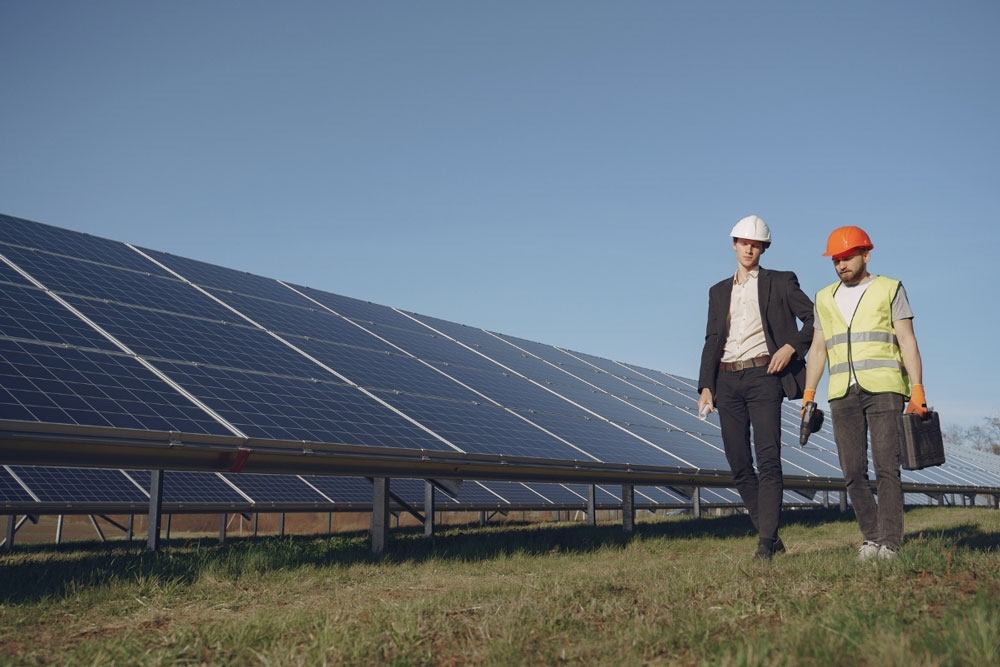Once famous for its oil reserves, Alberta is now described as having “gold rush-level activity for solar” by Sara Hastings-Simon, assistant professor at the University of Calgary and an energy and climate policy expert.
“The majority of solar that we have in the system in Alberta today was installed in 2021-2022. So, this is a really very recent phenomenon.”
In 2015 Alberta pledged to phase out coal-fired electricity and for the province to supply 30% of its electricity to the grid from renewable sources. When this goal was enacted, more than 60% of Alberta’s electricity came from coal facilities.
According to a recent paper published by Hastings-Simon and colleagues, Alberta’s Renewable Electricity Program: Design, results, and lessons learned, renewables accounted for 14.3% of the electricity on the Alberta grid, compared to less than 3% in 2002. Now, almost six years after Alberta’s 30% goal was created, the province is not only on track to meet it but will likely surpass it in the next few years.
According to Andrea farmer, spokesperson for Matt Jones, the minister of affordability and utilities in Alberta, the province is currently Canada’s leader in wind a solar production, with 31 renewable projects underway, representing an approximate investment of $4 billion.
In particular, solar capacity in the province was six times larger in 2022 compared to the year before. Farmer credits legislation passed last spring, which “enabled energy storage” and encouraged more companies to generate electricity.
Hastings-Simon discussed several conditions that curated the growth in Alberta’s solar sector.
Like Ontario, Alberta deregulated wholesale energy markets, and as Hastings explains, a deregulated system allows large-scale solar projects to move forward because of open competition among energy suppliers. It also makes it more accessible for companies to purchase renewable energy directly to offset their carbon footprint.
Alberta requested solar projects to power provincial government facilities in 2018; this “helped to break that chicken-and-egg cycle,” said Hastings-Simon. The provincial government’s intent to procure renewable energy encouraged a general “uptick in interest of so-called non-utility procurement.”
Companies that opted to work directly with energy companies to develop solar energy projects could secure electricity at a guaranteed rate. For companies who qualified, an additional incentive was under the federal carbon tax, solar could be used to comply with the cost of carbon pollution.
According to Hastings, the next hurdle Alberta will likely face will be keeping up with the capacity for solar projects to connect to the grid. Hastings points to Texas as a case study of a potential solution for how Alberta could proceed.
With an influx of solar projects, Texas opted to “build transmission lines on the assumption that if we build it, developers will come and build renewable projects when they have that opportunity to interconnect [to the grid].”
Hastings recommends investing in transmission lines when considering how public funds could best be used to ensure the solar momentum keeps going. Otherwise, Alberta faces the very real possibility of hitting a wall, with projects unable to connect to an overburdened grid.













Comments